Blue Jay nesting needs Blue Jays want to live near trees and will typically make their nests on a sturdy branch or at the fork of a tree Both males and females build the nest, and with their similar coloring, it is sometimes difficult to tell which is which Nests are typically made up of moss, bark, small twigs and other plant materials Female jays lay 45 glossy, speckled eggs in shades of pastel blue and green The nest needs to be sturdy as she incubates them for 16 days;Most blue jays nest across eastern North America Some will nest as far west as the Rocky Mountains while others will go as far as central Canada Others have colonized areas in
Diverse Family Bratt Mockingbird Is Raising Baby Blue Jay Northescambia Com
Blue jays birds nesting
Blue jays birds nesting-Blue jays and other members of the crow family are notorious eggstealers They are intelligent and aggressive and will raid other birds' nests to steal eggs, young birds, and even the nest itself So yes, theMany birds do throw out parasitic eggs;




Blue Jays Are Fast Food Experts Star Tribune
Squirrels love to eat bird eggs This is very common behavior In fact John James Audubon, Illustrated the Blue Jay with a squirrel harassing their nest to rob eggs in his Birds of America Shooting the squirrel is a possible solution but you may find another squirrel takes the place of the dead The Blue Jays play their first every home opener at Exhibition Stadium The first ever blog post on the Bird Nest I was fortunate enough to start playing baseball in the early 1990s Although unaware of it at the time, this was a particularly fruitful period in Blue Jay history Forest birds, blue jays thrive in a variety of habitats but prefer wooded edges and oaks You may also find blue jays in your garden or suburban backyard In Maine, where I live, blue jays haunt riversides, quiet forests, and developed areas Nesting occurs during spring or early summer Blue jays are monogamous, and pairs may stay together for
When blue jays are feeling threatened, they attack the animal that is making them feel unsafe Notably, hawks are one of the birds that blue jays feel threatened by, so they feel the need to be aggressive towards them and get rid of them 4 Mating Season Blue jays are monogamous birds that only breed with one partner throughout their life And yes, blue jays on occasion do plunder other birds' nests A memorable photograph I featured in Audubon captured a jay yanking nestlings from a Baltimore oriole's hanging nursery But an oftcited study in the early 1900s found traces of eggs and young in only six of 530 blue jay stomachs, even though, as the researcher noted, "specialBlue Jays build their nests in tree branches or where there is a "V" in the tree The nest is made from grass, small twigs, leaves, and bark and is sometimes "glued" together with mud The female Blue Jay will lay between 36 eggs which she will incubate for up to 18 days
I read in my trusty Audubon bird book that Robins, Blue Jays and Mourning Doves can be convinced to use nesting platforms I was procrastinating doing some epoxy work on my Scamp so I made a couple of nesting boxes I hope to attract any of these birds to my nesting box Apparently they will all nest in open boxesNature is beautiful, and it has always been inspiring to look at and be a part of The peak of nature's beauty is birds Birds come in thousands of species, calls, color patterns, and behavior, making them a critical addition to any ecosystem Some of the most beautiful bird species are the Blue Jays, a common bird in the US Nesting Blue Jays are known to be monogamous birds, pairing for life They normally build their nests 8 to 30 feet high above the ground on thick outer branches of deciduous or coniferous trees The pair works together to build the nest, with the male gathering the materials and the female putting it together




Blue Jay Snatches Up A Baby Chipping Sparrow From Its Nest Youtube




Amazon Com Yosoo Handwoven Bird Nest Handmade Straw Nest For Parakeets Cockatiels And Small Pet Pet Supplies
Occasionally blue jays nest on ledges formed by building molding, cornices and sills and sometimes on nesting platforms Platforms will more likely attract robins than blue jays or mourning doves, but either of these bird families are usually welcome Source Audubonorg/fieldguide/bird/bluejay Where Do Blue Jays Prefer To Nest?These birds are often mistaken for "abandoned" baby blue jays, but are best left alone or returned to the nest Do Blue Jays steal eggs?
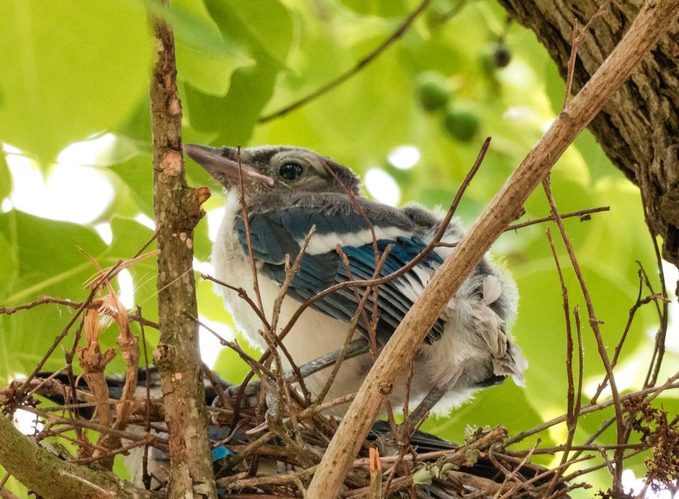



How To Identify And Attract Blue Jays Birds And Blooms




Bird Watcher S General Store
Blue jays nest in the crooks of large tree branches 10 to 30 feet above the ground They build their nests with thin, freshly broken roots and twigs, and sometimes patch them together with moss and mud To attract blue jays to your birdhouse, mimic theWicca is a religion that revolves around the worship of both a goddess and godBaby Blue Jays will typically stay in the nest with the parents until they are two months old But, they can actually find food for themselves when they are just a few weeks old There are rare occasions when Blue Jays abandon their young In this case, if you do find an abandoned baby Blue Jay, you may have to assist the baby bird




Love These Brilliant Blue Feathers Blue Jay Bird Blue Jay Jay Bird
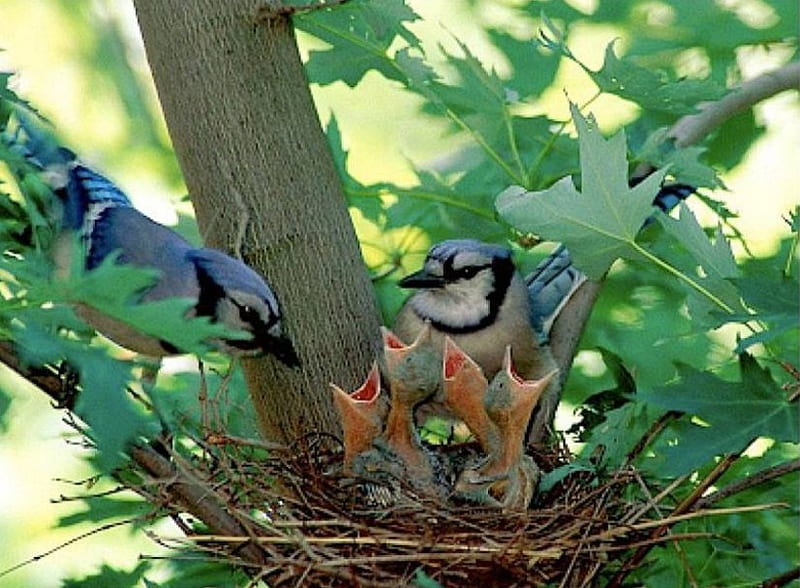



Blue Jay Family Tree Nest Birds Nestlings Blue Jay Chicks Hd Wallpaper Peakpx
Although they are typically noisy birds, blue jays tend to be quiet when in their nest Their nests are located at a height between eight and 30 feet usually on top of a coniferous or deciduous tree These passerine birds make use of sticks, barks, leaves, roots, twigs and grass in making their cupshaped nests atop trees or shrubsThe young blue jays are famous for playing with aluminum oil and bottle caps The breeding period of the blue jays ranges between MidMarch and July The preferred nesting sites for the blue jays are shrubs and evergreen trees with heights ranging between 10 and 35 feet from the ground levelDescription The Blue Jay Cyanocitta cristata is a little larger than an American Robin, about 30 cm in length from the tip of its bill to the tip of its tail A whitefaced bird with a blue crest, back, wings, and tail, it is strongly marked with black and white Male and female Blue Jays



Diverse Family Bratt Mockingbird Is Raising Baby Blue Jay Northescambia Com




15 Fun Interesting Facts About Blue Jays 21 Bird Watching Hq
Chicks don't begin to fledge until at least 22days later, even then returning to the nest for a few more days for food If a jays nest is disturbed by predators, the adult birds abandon it and never I didn't know blue jays were so aggressiveI have been trying to protect the blue birds from wren and house sparrow attacks And here I liked the blue jays because they make a fuss when the hawks are around A few days ago a crow was stalking a robin nest and took a baby right from the parentsQuite sad to seeAmerican robins, orioles and bluejays, for example, will not tolerate an unfamiliar egg in their nests Other birds simply abandon parasitized nests If an indigo bunting finds a cowbird egg in its nest, it will fly off and start another one



Blue
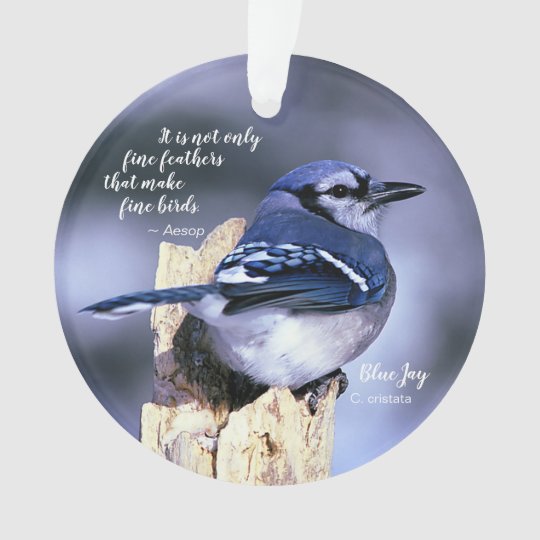



Blue Jay On Post Photo W Quote Birds Nest W Eggs Ornament Zazzle Com Au
While blue jays can be encountered anywhere, they are more common close to the nest site Blue jays are likely to be encountered at any time of year These birds can appear for any reason whether it be a warning or just being curious What Is Blue Jay Wicca Symbolism? really like blue jays at times it looks like a blue jay convention in my back yard loads of wood peckers too there was a nesting pair in my 4ft DBH Oak tree last year had to keep a close watch on Starlings trying to take over the woodpecker's nest Yes he is eating the Blue Jay's eggs Dag nab it!




Blue Jay Wikipedia
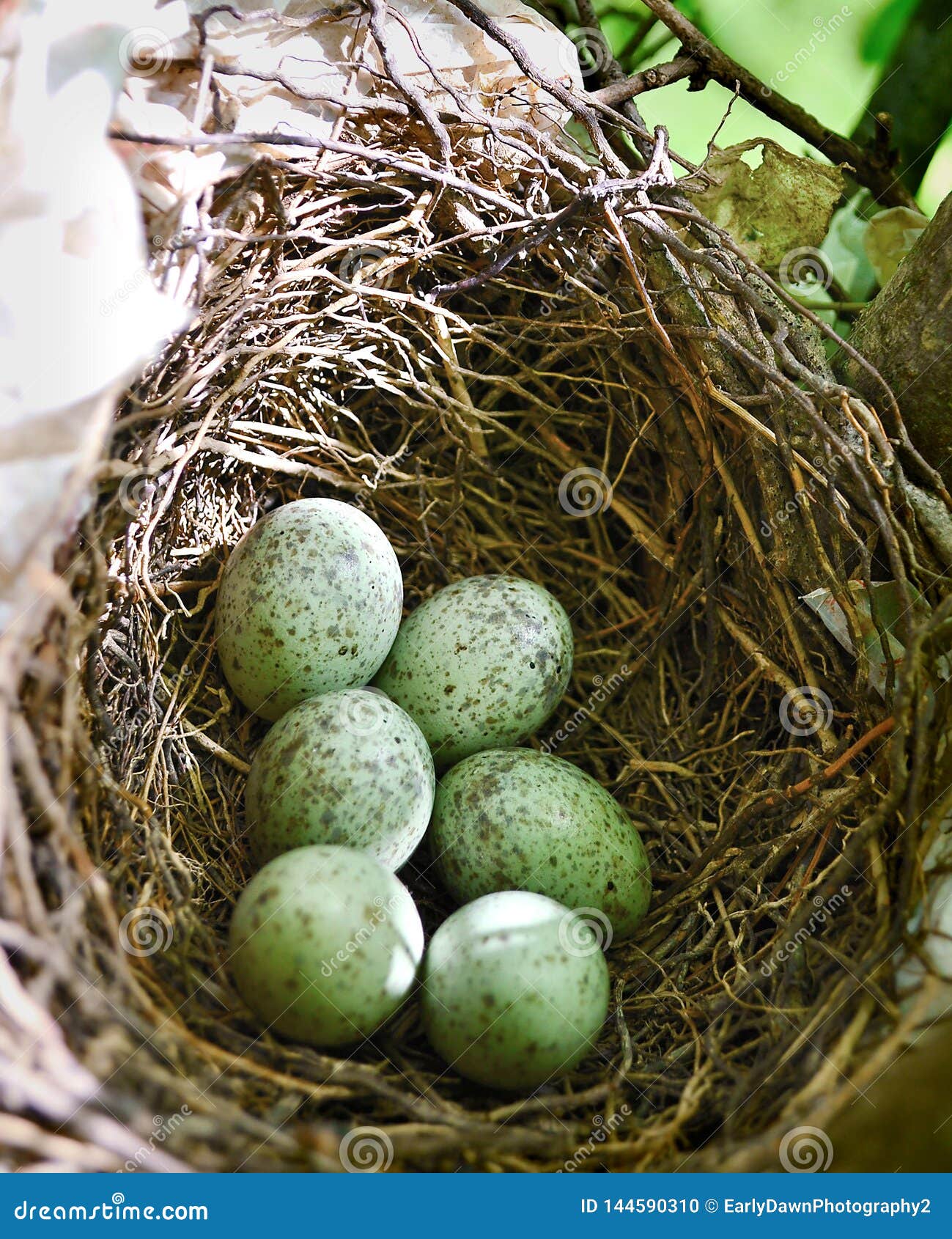



245 Jay Nest Photos Free Royalty Free Stock Photos From Dreamstime
These birds use sticks, twigs, leaves, grass, barks, and even roots to build their nests The blue jays are known to fly great distances, searching for rootlets from fresh graves, fallen trees, or recently dug ditches The male and female blue jays build the nests, with the male doing more gathering of the items while the female doing more building Nest Predation This is probably the biggest strike against the blue jay While they will love the seed you put out at your bird feeder, they are omnivores that will also dine on insects, fruit, nuts, and even small animals Baby birds of other species may be attacked and consumed in their nests, as well as eggsBlue jays are not just innocent birds feeding their young, when they attack nestlings and kill them and eat them They are predators, carnivores, and one might say, cannibals as they eat their own (birds) so no sympathy for the blue jay at all




Blue Jays Are Fast Food Experts Star Tribune
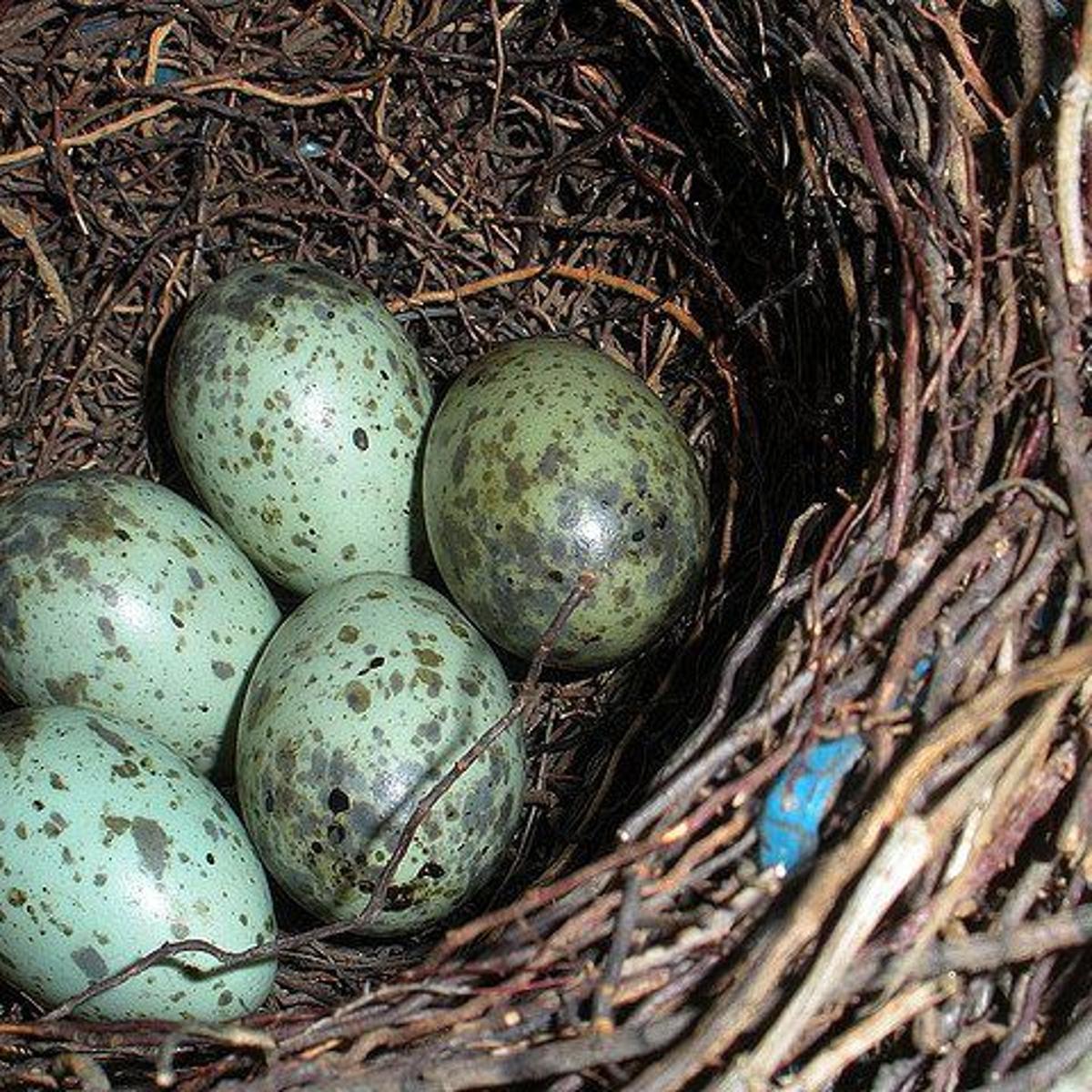



Nature Watch Never Take Eggs From A Bird S Nest Opinion Buffalonews Com
Beside above, do Blue Jays steal eggs?Jays hop around on the ground in search of acorns, and for places to hide them Storing acorns like this is called 'caching' and provides the birds with food in leaner times However, not all acorns are found again, which means some are left to grow into oak trees Jays will also sometimes take eggs and young birds from nestsBlue Jays sometimes raid nests for eggs and nestlings, and sometimes pick up dead or dying adult birds Stomach contents over the year are about 22 percent insect Acorns, nuts, fruits, and grains made up almost the entire remainder




Bluejay Backyard Birds Wild About Birds




The Poem Farm To The Baby Blue Jay Skeleton
Nests of all kinds can be vulnerable to attacks from predators, such as Blue Jays, crows, grackles, and many other species of birds, mammals, and reptiles If the nest is located in a natural position, such as in a tree, there is usually very little that can be done to protect the nestBlue jays and other members of the crow family are notorious eggstealers They are intelligent and aggressive and will raid other birds' nests to steal eggs, young birds, and even the nest itself So yes, the blue jays in the painting are indeed eating another bird's eggs Likewise, people ask, how long Blue Jays can remember and have active a couple thousand seed stashes at once Not only are they bullies at the bird feeder Blue Jays are notorious for eating eggs from other nests The Blue Jay features a distinctive blue white pattern, with black tail bands, and a black neckline This bird is often seen on the east coast but is known to
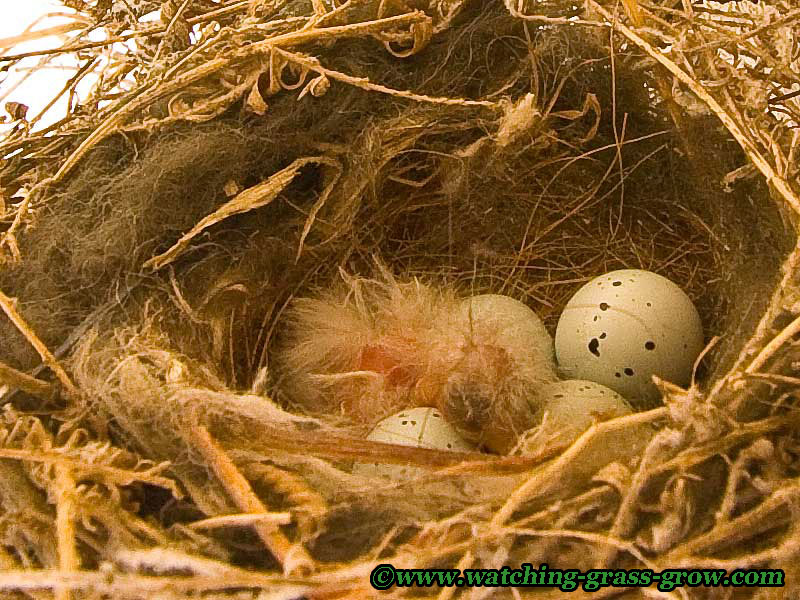



Colorado Blue Jay Grabs Baby Finches




Species Profile Blue Jay Nature S Clown Birdwatching
Blue jays are characterized by high curiosity; Blue jays gather rootlets like these to line their nests (photo by Kate St John) Blue jays will travel 1,000 feet to gather nest material and even more for good rootlets, so I wasn't surprised when I lost track of them when they flew away Learn more about blue jay ( Cyanocitta cristata) nesting in this 11 minute video by Lesley The Bird Nerd Do Blue Jays lay eggs in other birds nests?




Blue Jay Cyanocitta Cristata Adult And Young In Stick Nest Decorated With Blue Tarp Material Stock Photo Picture And Rights Managed Image Pic K29 Agefotostock
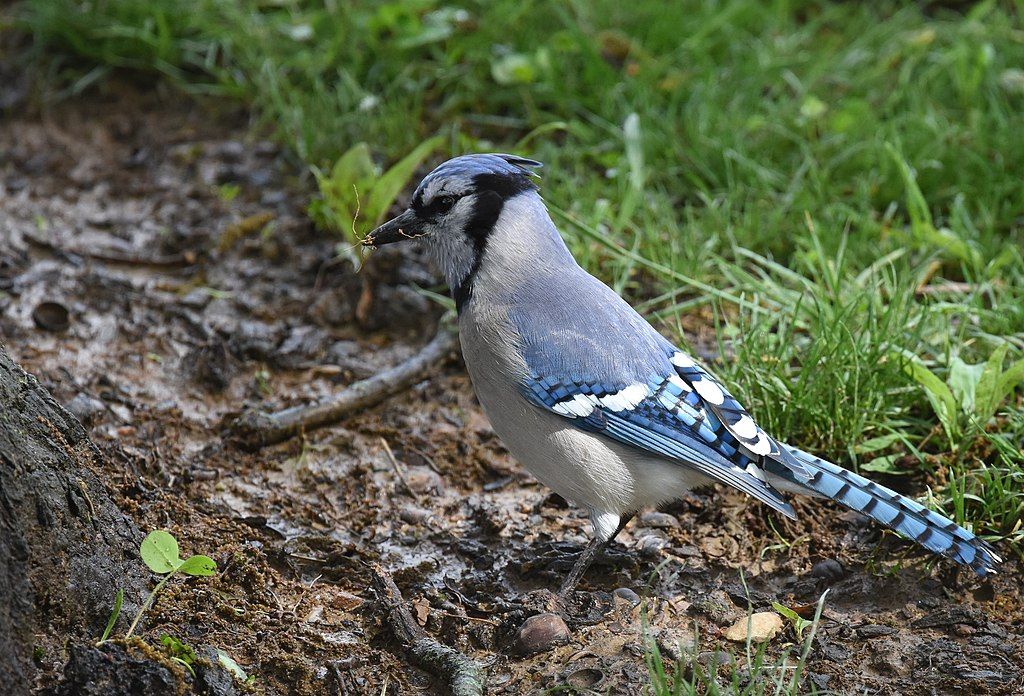



Blue Jays Building Nests Outside My Window
For instance, a research by Stewart, who analyzed more than eight thousand recaptured Blue Jay birds in the USA, was unable to find a defining factor that could determine which breed of the Blue Jays migrate south and which of them would stay in their nesting area in central and southern Canada and the north of USA
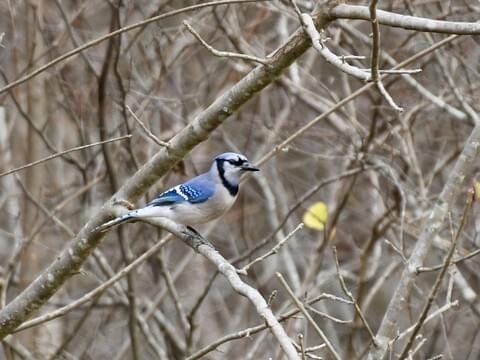



Blue Jay Identification All About Birds Cornell Lab Of Ornithology




Blue Jay Wikiwand




What Do Baby Blue Jays Eat Bird Feeder Hub
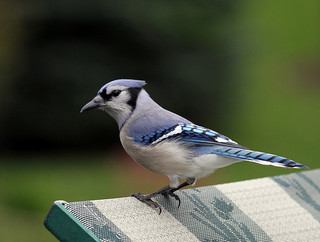



How To Attract Blue Jays A Guide To Blue Jay Birdhouses Birdhousesupply Com
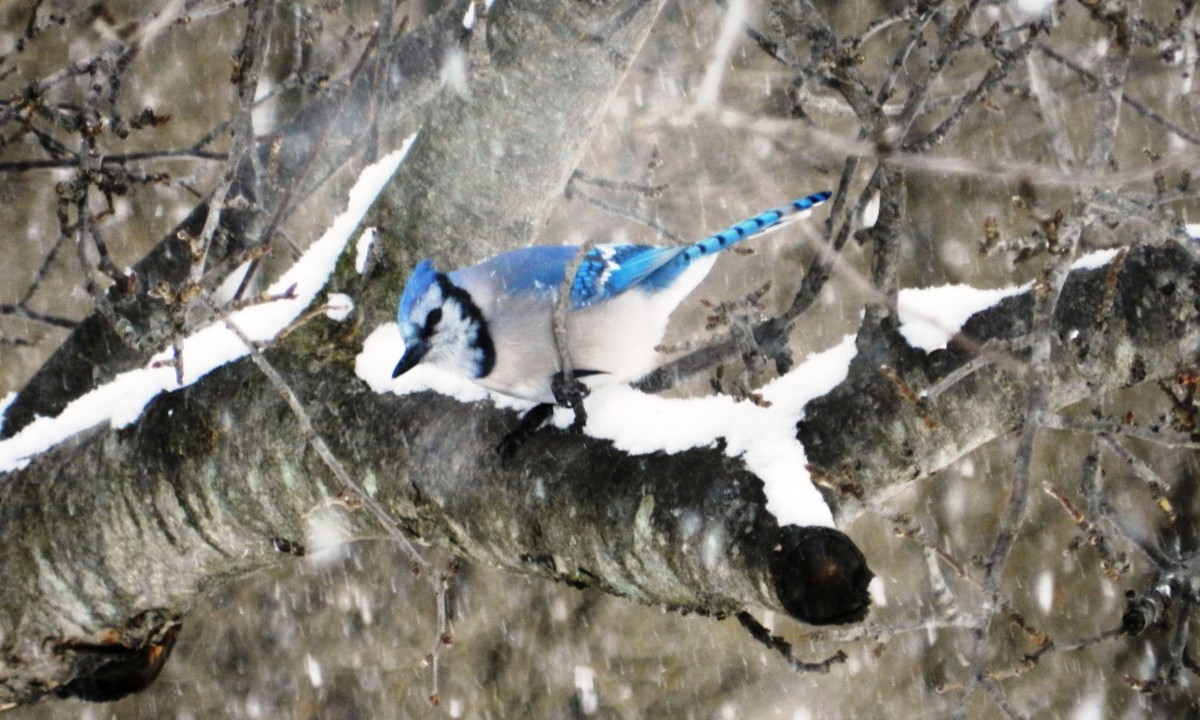



Blue Jay Facts Pictures And Behavior Owlcation




Blue Jay In Nest Bird Art Print Dolan Geiman




Nest Of 9 Blue Jay Eggs Sitting In Nest Stock Photo Picture And Royalty Free Image Image




Nesting Blue Jay Rhode Island Usa Blue Jay Blue Jay Bird Pet Birds
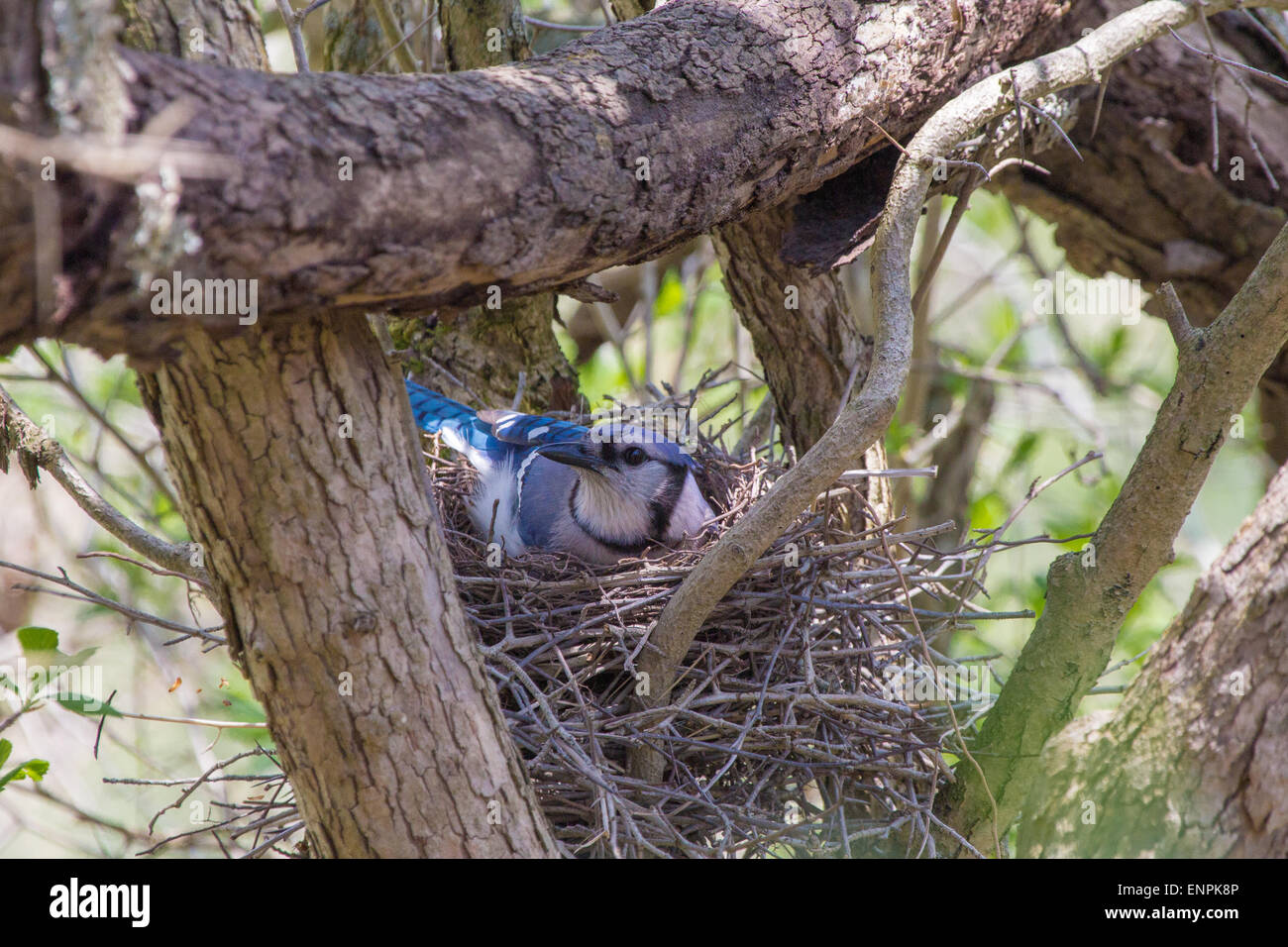



Blue Jay Nest High Resolution Stock Photography And Images Alamy
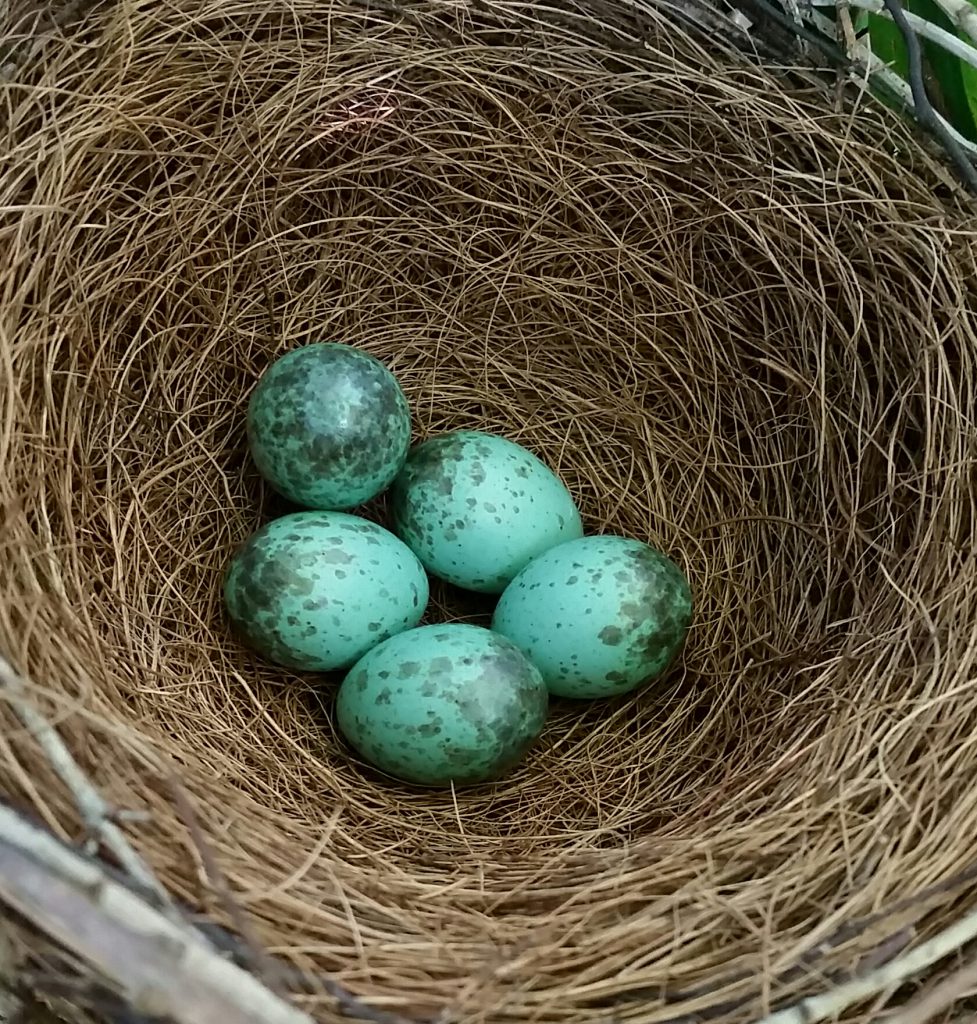



Nestwatch California Scrub Jay Nestwatch
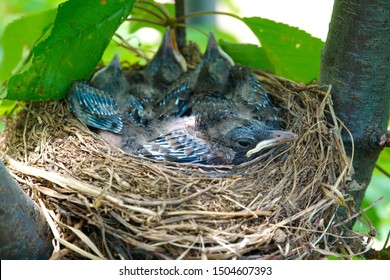



Blue Jay Nest Images Stock Photos Vectors Shutterstock




Blue Jay A New Look At A Common Feeder Bird



Bluejay Nest With Eggs Bird Painting Animal Art Still Life A Painting A Day Original Oil Painting Apple Arts
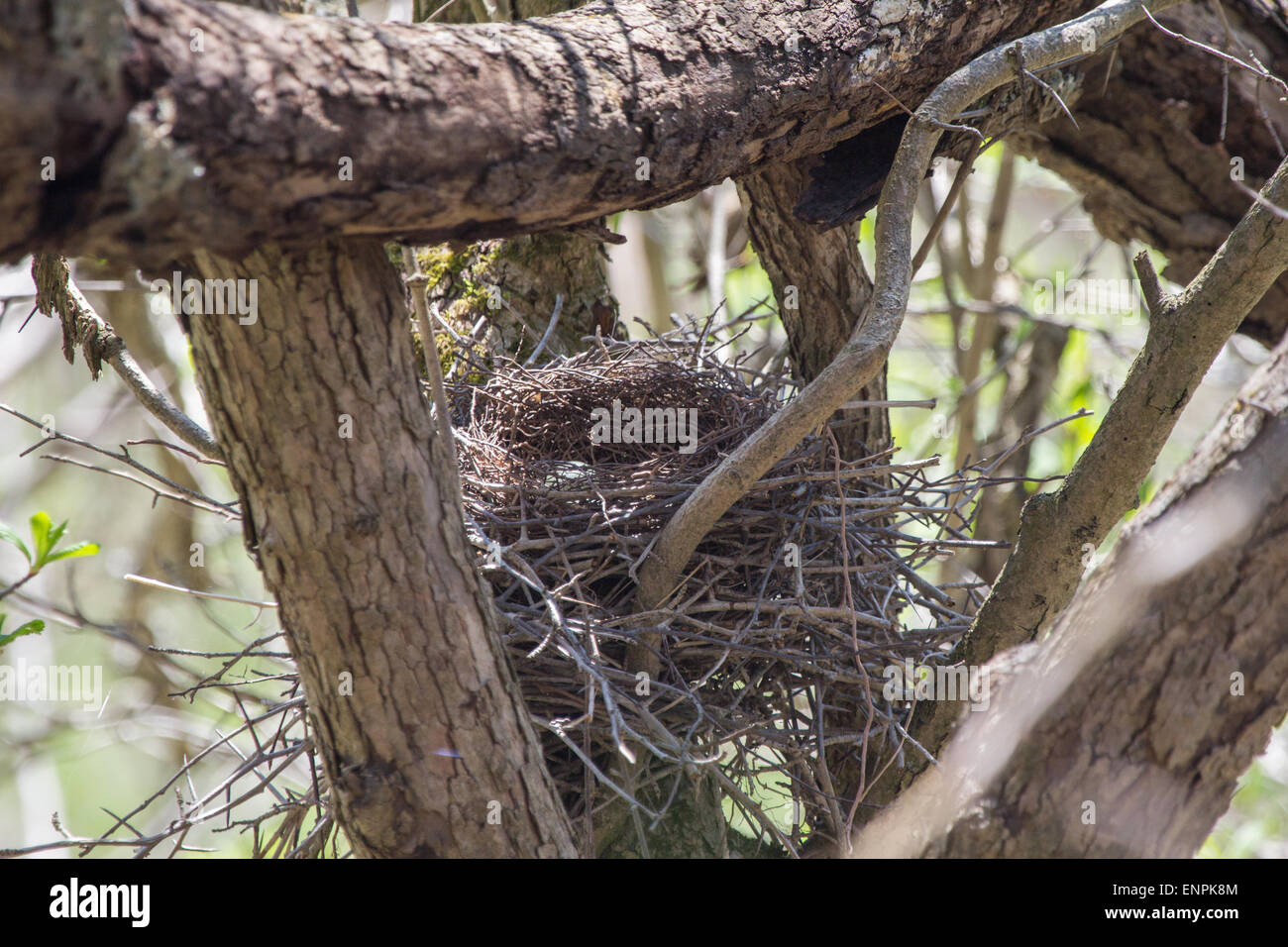



A Blue Jay S Nest With A Lone Egg In It Sits Unprotected From Predators Stock Photo Alamy
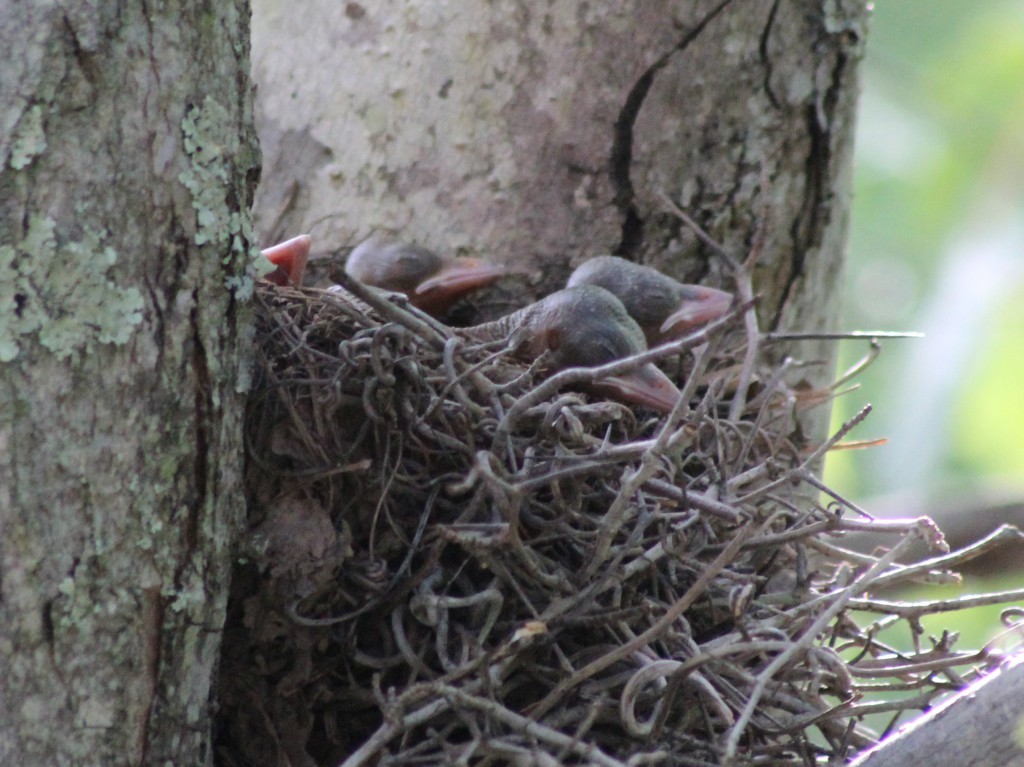



Nestwatch The Blue Jay Family Nestwatch




The Scrub Jay In Defense Of The Blue Squawker Nature In Novato



Baby Blue Jay Knocked Out Of Nest Advice Please Aww




Hungry Blue Jay Chick In The Nest Stock Image Image Of Closeup Blue
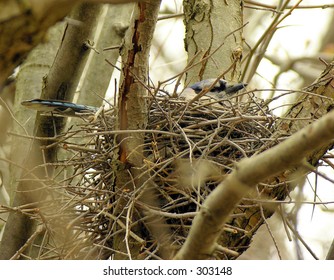



Blue Jay Nest Images Stock Photos Vectors Shutterstock




Blue Jay Feeding Chicks Stock Image C033 8521 Science Photo Library




Blue Jay Nest Adult Bird With Young In Nest Canstock




Some Bird Nests Blue Jay Bird Bird Bird Nest




Nature Wildlife Blue Jay Blue Jay Bird Wild Bird Feeders



Monticello Park Birds Blue Jay
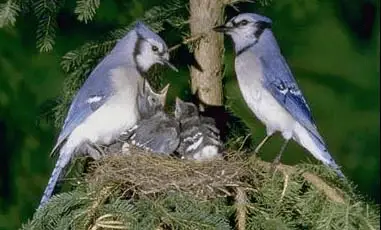



Difference Between Male And Female Blue Jays Difference Guru




Breeding Blue Jay Cyanocitta Cristata Birds Of The World




15 The Blue Jay In My Tree Shirleyvphotography




Blue Jay In The Nest Metal Dolan Geiman




Blue And White Bird On Brown Nest Photo Free Jay Image On Unsplash




How Not To Disturb A Nesting Mother Scrub Jay




Pin By Josephine March On Birds Blue Jay Eggs Bird Eggs Pet Birds
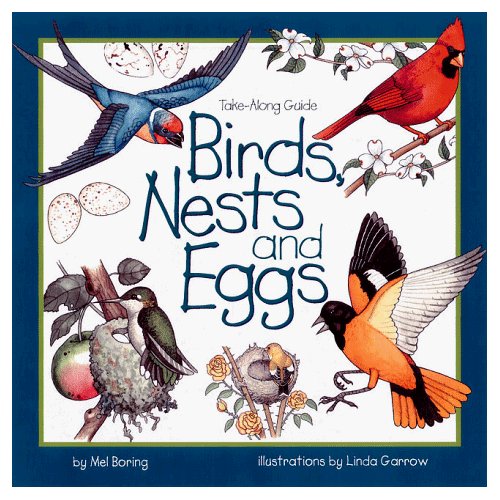



Bird Nests
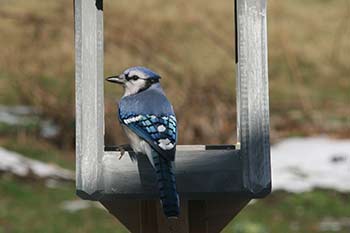



Making A Nesting Platform For Robins Blue Jays Or Mourning Doves



Blue Jay Nest In Our Birdhouse Birdpics
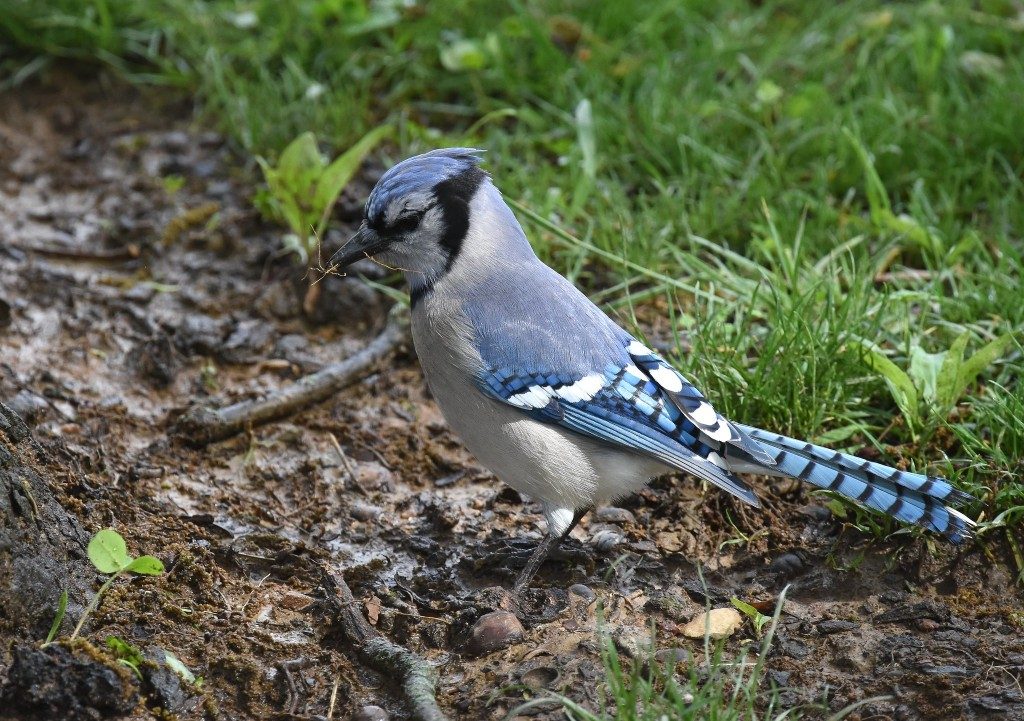



Blue Jays Nesting Outside My Window
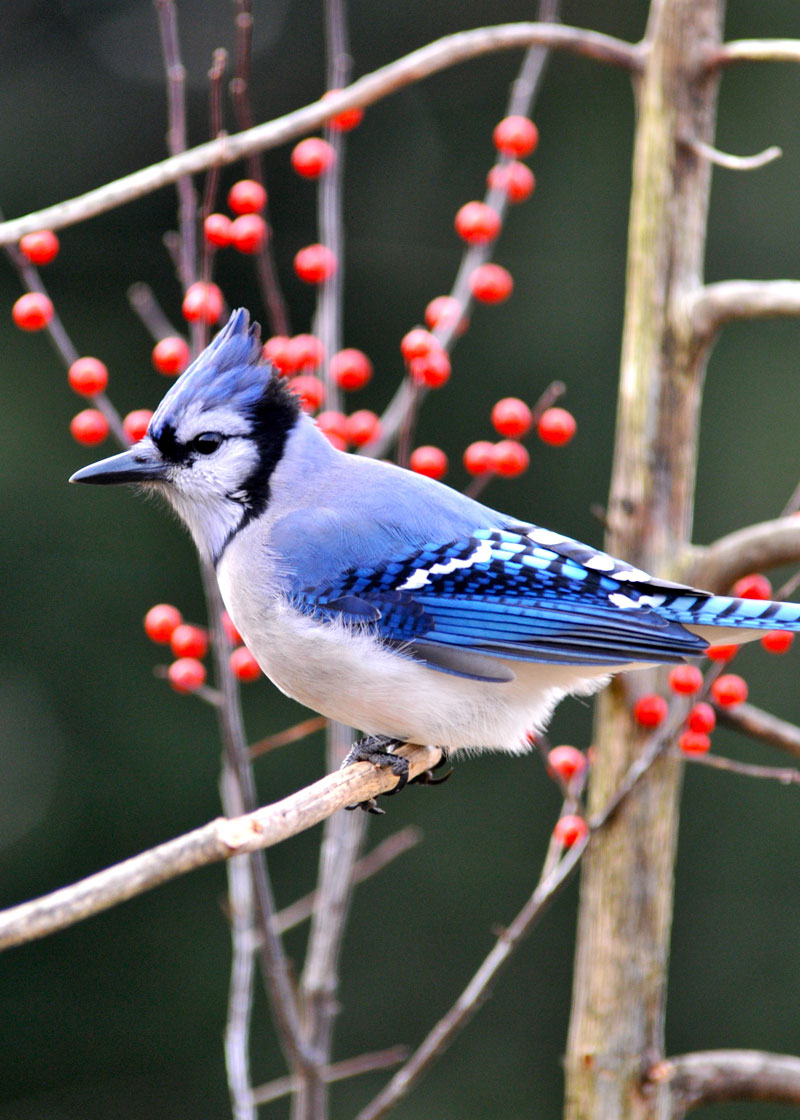



Hinterland Who S Who Blue Jay




Steller S Jay Audubon Field Guide




Help Digitize A Trove Of Bird Nesting Records The Adirondack Almanack
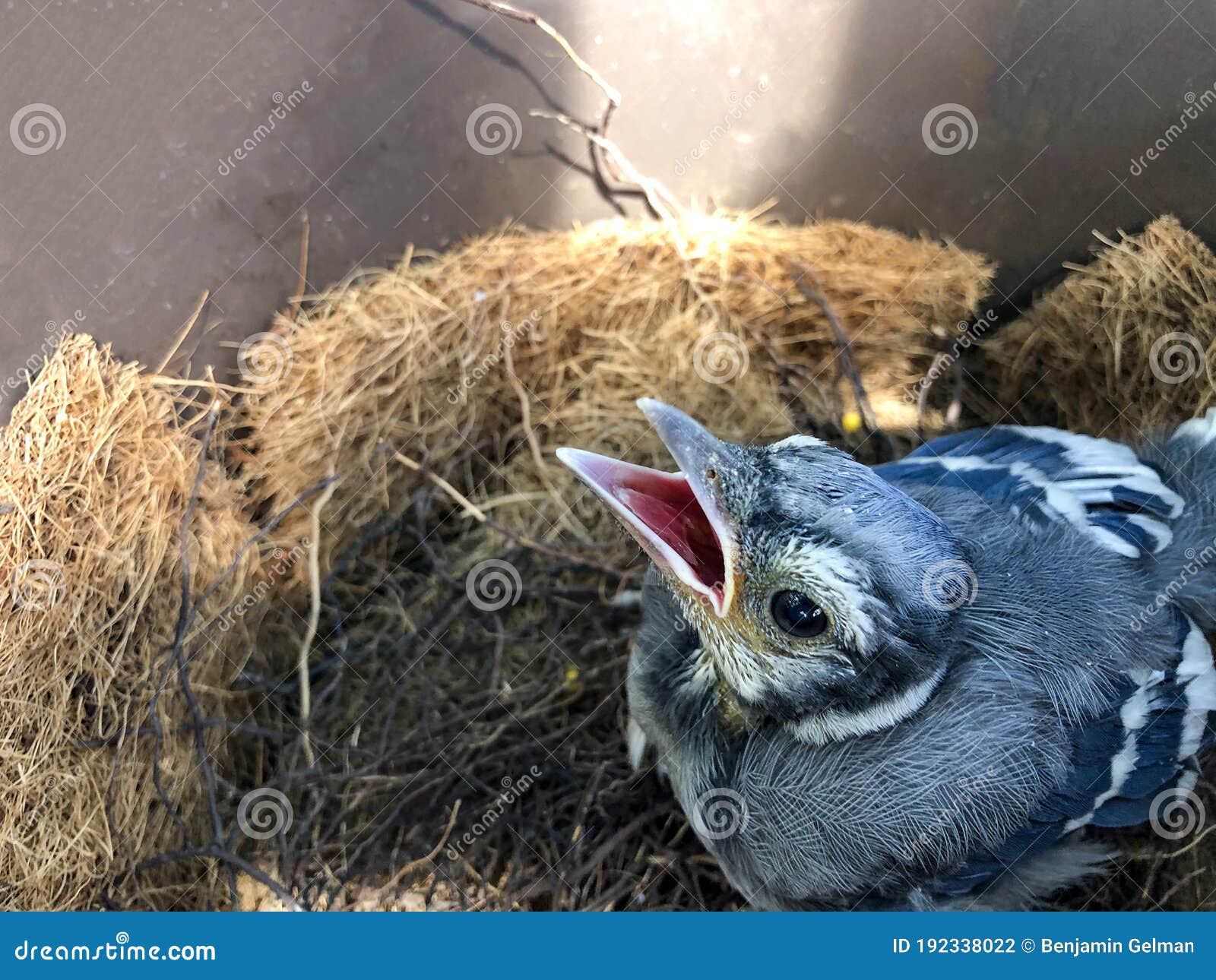



Blue Jay Chick In The Nest Stock Photo Image Of Bird
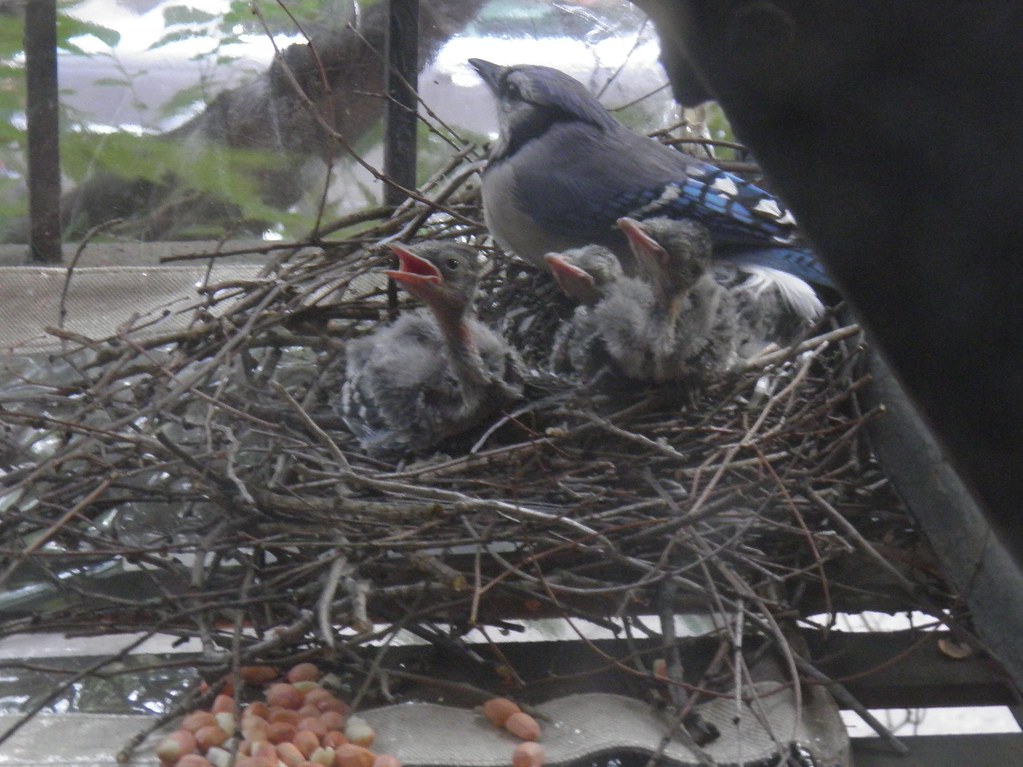



Blue Jays Nesting Outside My Window




Nature Journal Blue Jays Raid Nests Of Other Birds Devouring Eggs




Blue Jay Life History All About Birds Cornell Lab Of Ornithology
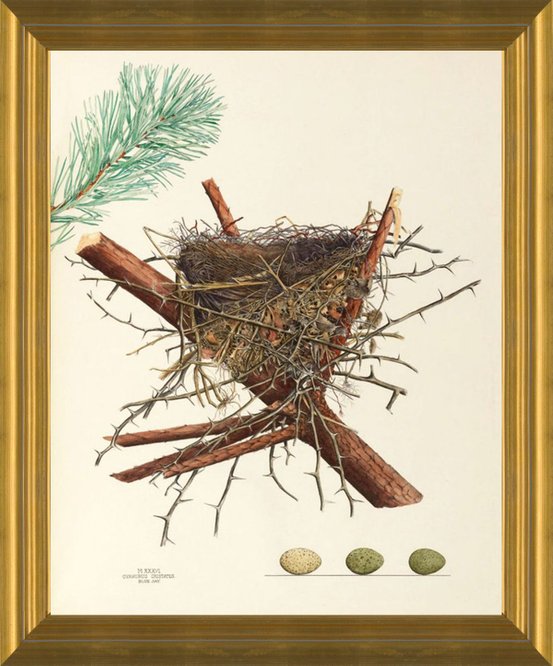



Art Prints Of Blue Jay Nest Plate Xxxvi American Bird Nests




12 Tips On How To Attract Blue Jays To Your Yard 21 World Birds
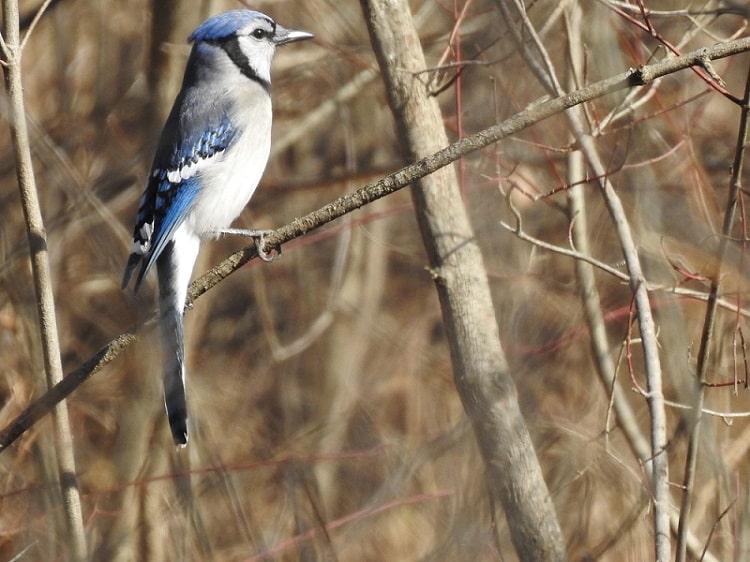



Blue Jay Bird What Do They Eat Where Do They Nest




How To Keep Blue Jays Away From A Bird S Nest Explained
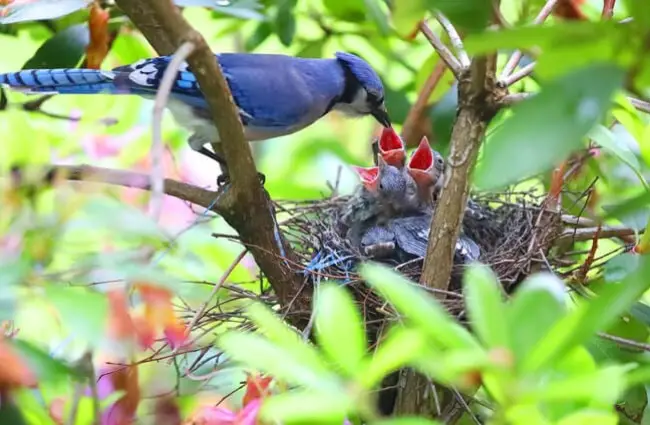



Blue Jay Description Habitat Image Diet And Interesting Facts



Real




Bluejays At The Nest Stock Photo Download Image Now Istock




Eating At Home Doodlewash



Blue Jay Fledglings On Day 1 Out Of Nest The Zen Birdfeeder




Dawn Chorus Blue Jay Babies




Michelle S Maple Tree Learning About Blue Jays




Blue Jay Eggs Stock Photo Picture And Royalty Free Image Image




File Blue Jays Nest Jpg Wikipedia




Bird Feature Blue Jays Natureswaybirds Com
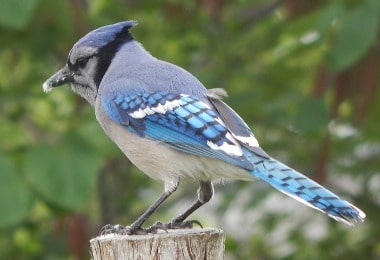



Blue Jay Bird What Do They Eat Where Do They Nest




Blue Jay Destroys A Wasp Nest Youtube




12 Tips On How To Attract Blue Jays To Your Yard 21 World Birds
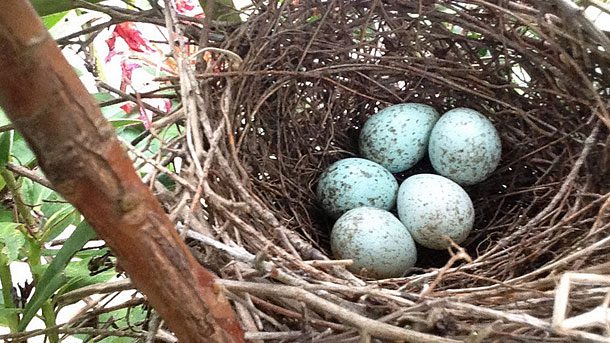



I Found A Nest With Eggs In It And No Adult Birds Seem To Be Attending To It I Think It S Abandoned Or I Scared The Parents Away What Should I Do




Blue Jays Nature S Helicopter Parents The Washington Post




Blue Jay Cyanocitta Cristata Adult Feeding Young In Nest Ontario Canada Stock Photo Alamy




Does That Baby Bird On The Ground Need Your Help The Washington Post
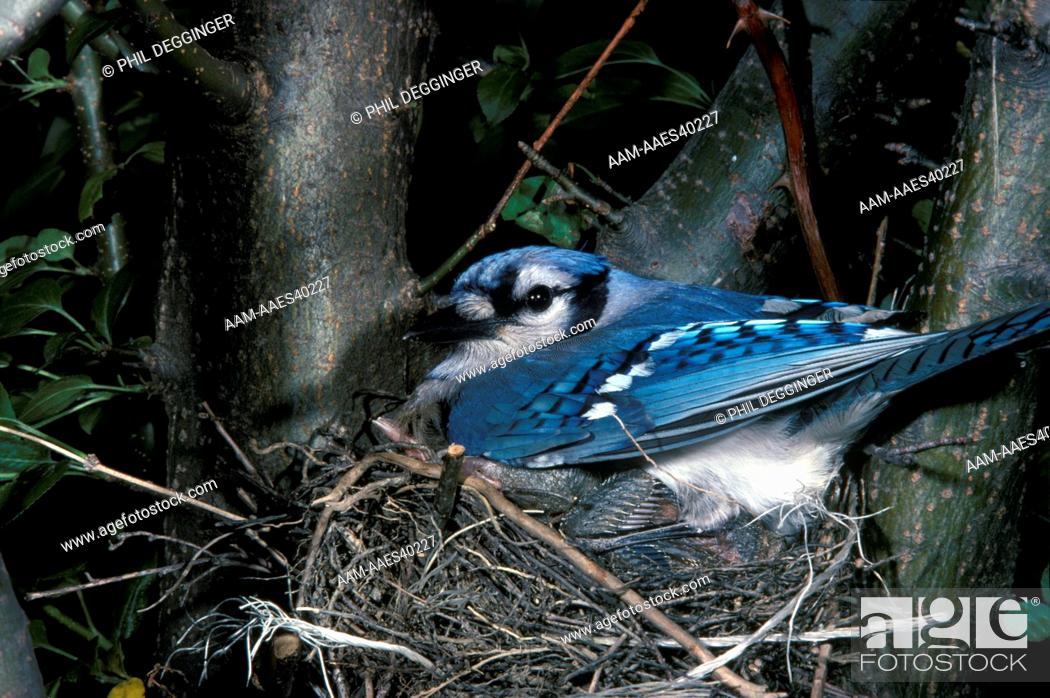



Blue Jay At Nest New Jersey Stock Photo Picture And Rights Managed Image Pic m es Agefotostock




Blue Jay Audubon Field Guide




Blue Jays Cyanocitta Cristata Beauty Of Birds



1
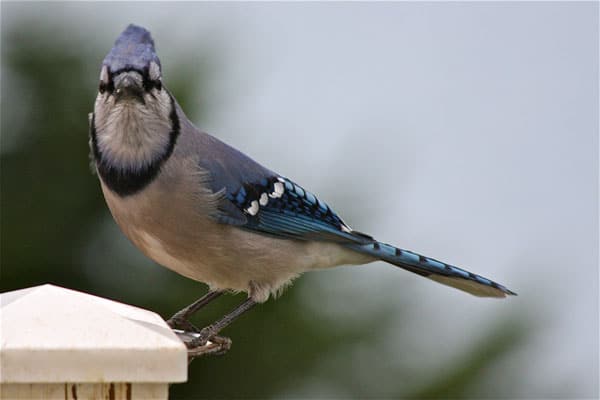



Nature Notes Blue Jay Harpswell Heritage Land Trust




Top 10 Ways To Help Nesting Birds Bird Watcher S Digest
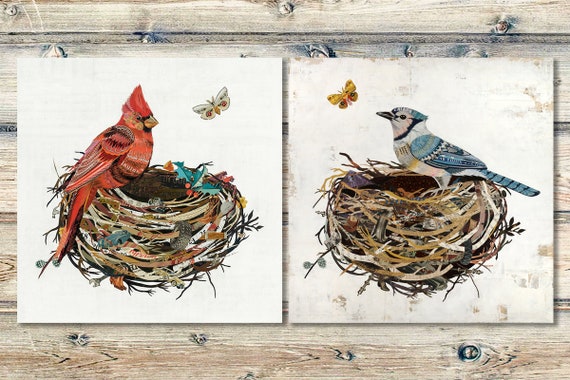



Blue Jay Bird In Nest Art Print Etsy




Blue Jay Couple Building Nest Youtube
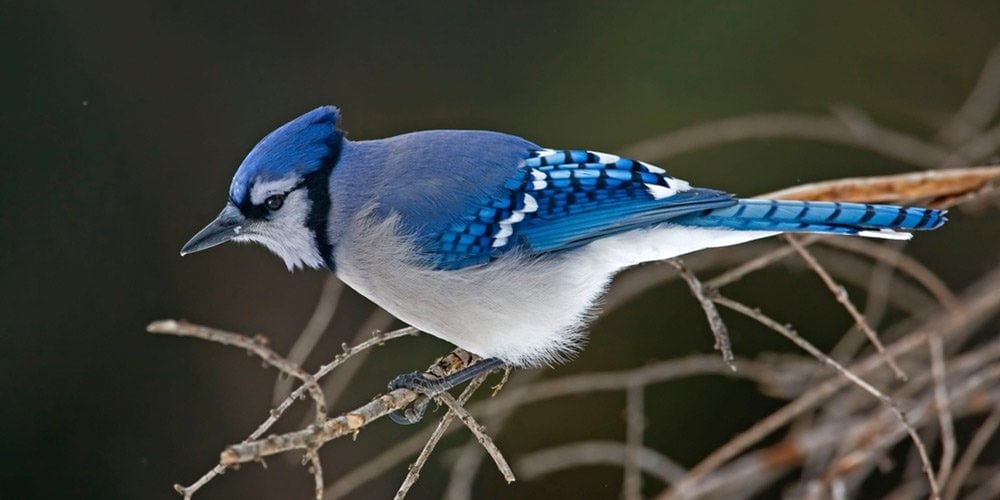



Blue Jays Birdwatching Facts Blue Jays Birds Birdinformer Com



3
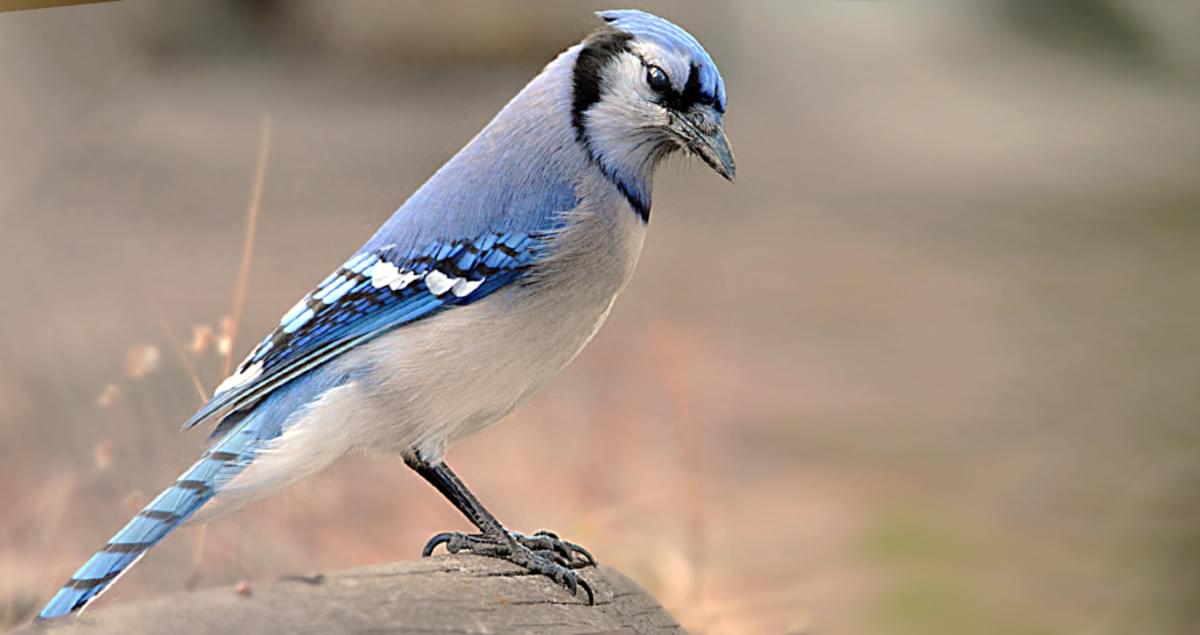



Blue Jay Life History All About Birds Cornell Lab Of Ornithology




For The Birds Blue Jays Have An Attitude
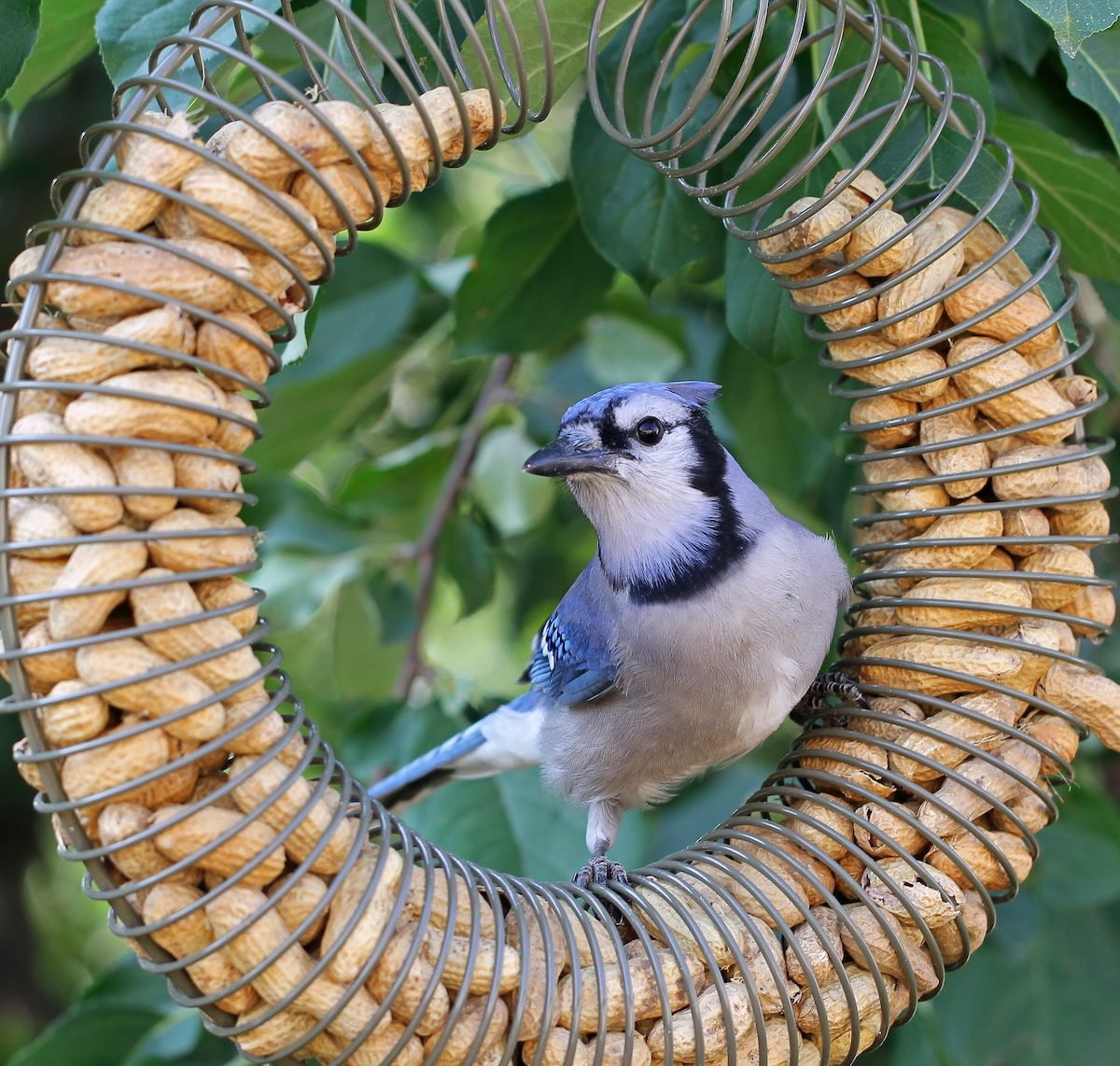



How To Identify And Attract Blue Jays Birds And Blooms
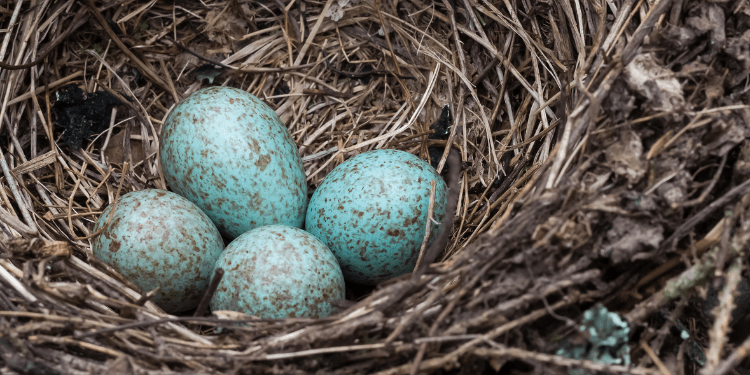



Blue Jay Eggs Everything You Need To Know Birdwatching Buzz




Blue Jay Holden Forests Gardens
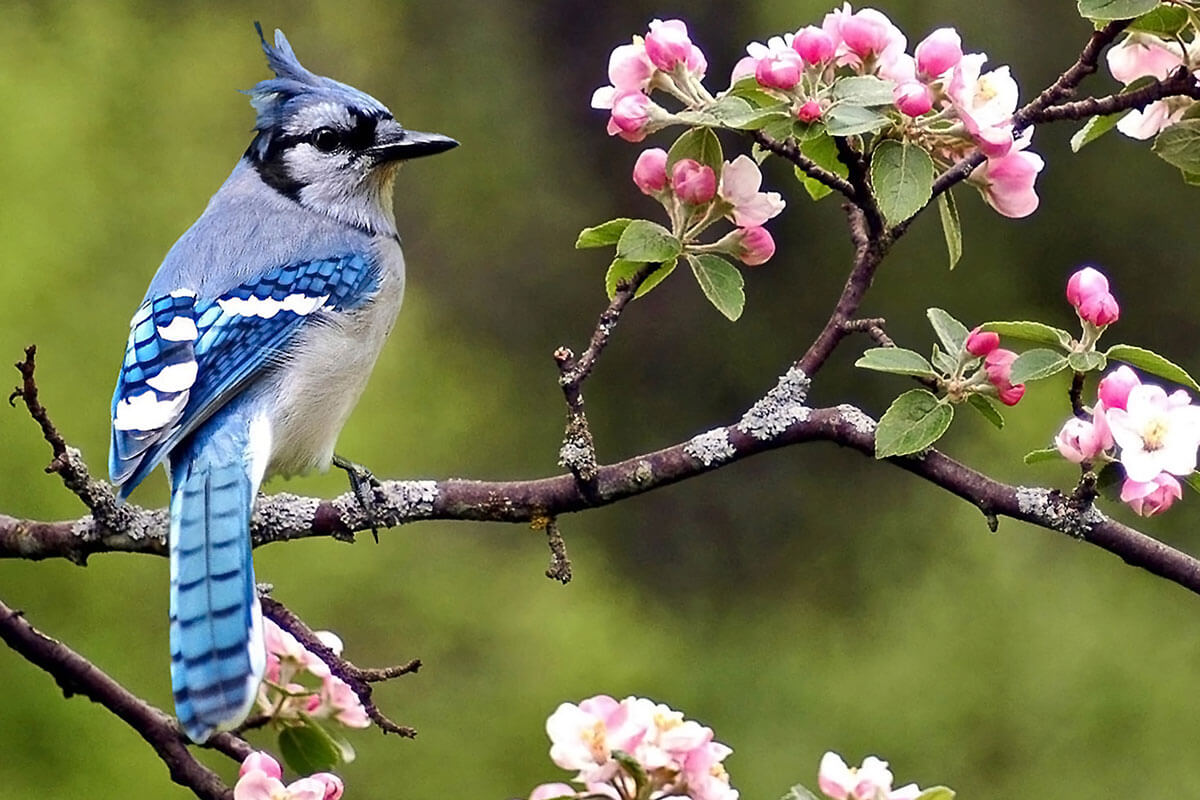



Blue Jays Venture Rv
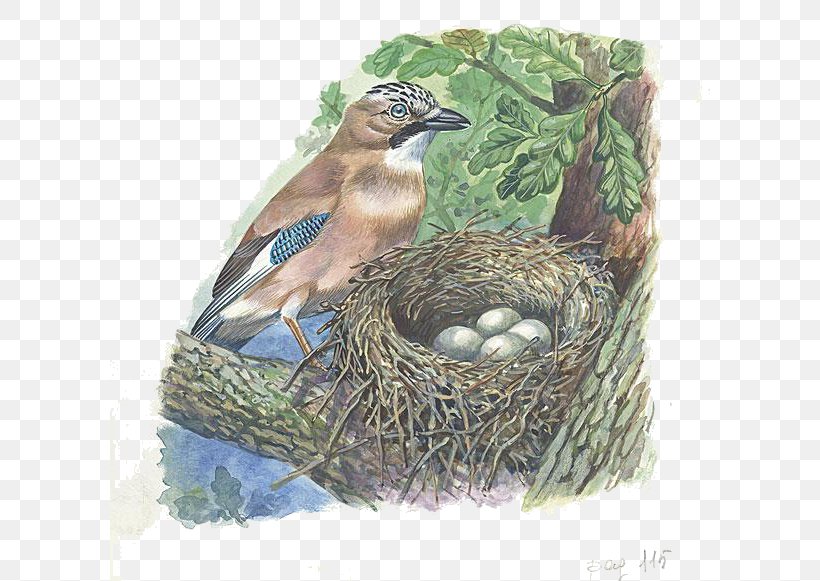



Eurasian Jay Bird Nest Illustration Png 600x581px Eurasian Jay Beak Bird Bird Nest Blue Jay Download
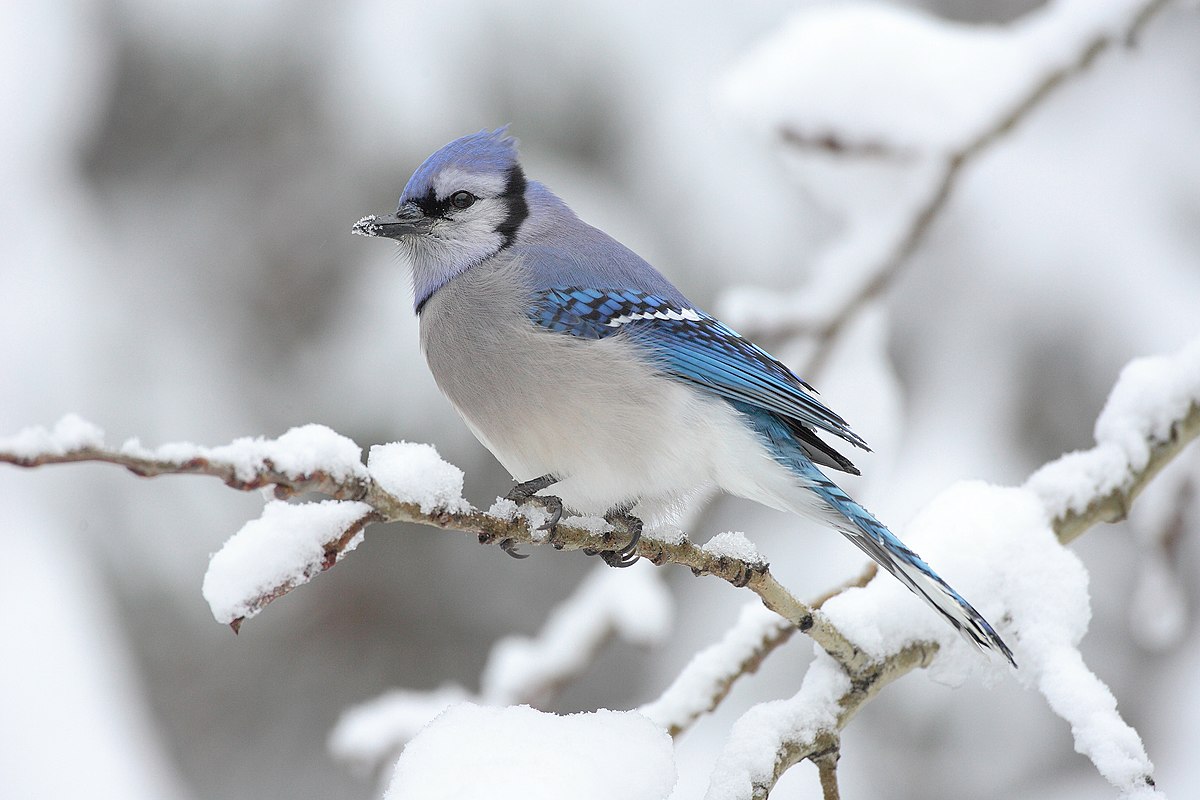



Corvidae Wikipedia




Blue Jay Barrens Bird Nests In The Field
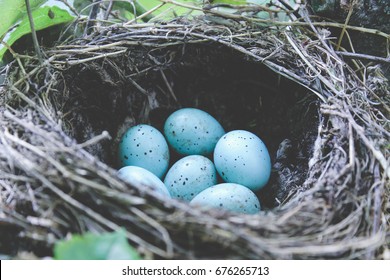



Blue Jays Nest Blue Eggs Stock Photo Edit Now



How To Feed Wild Baby Blue Jays Animals Mom Com



0 件のコメント:
コメントを投稿